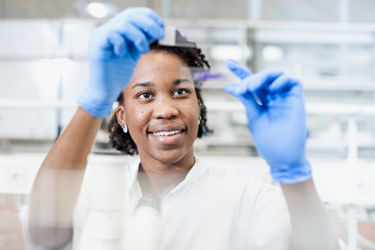An Innovative, Highly Efficient Method For Transfecting Large Quantities Of Primary Human T-Cells
By Meike Zander, Nicole Kukli, Gina Andretta-Beu, Andrea Toell, Ludger Altrogge, Yaling Shi, Boon Hwa Neo, Matthew Hewitt, Samantha Bandapalle, Kelly Lin, Gregory Alberts, Bodo Ortmann, Jeny Schroeder

Cancer remains a formidable global health challenge, with 18.1 million new cases and 9.6 million deaths reported in 2018 alone. The urgent need for innovative treatments has led to promising research, such as genetically modified T cells or natural killer cells expressing chimeric antigen receptors (CARs). These engineered cells target cancer cells with remarkable precision.
However, genetically modifying primary human T cells poses significant hurdles. Traditional methods, like chemical transfection or viral transduction, often encounter limitations in efficiency, cost, and scalability. Electroporation, while effective for smaller volumes, can also compromise cell viability and functionality.
This study aimed to address these challenges by optimizing transfection and culture protocols for large-scale production of primary human T cells using the 4D-Nucleofactor® System.
Get unlimited access to:
Enter your credentials below to log in. Not yet a member of Cell & Gene? Subscribe today.
